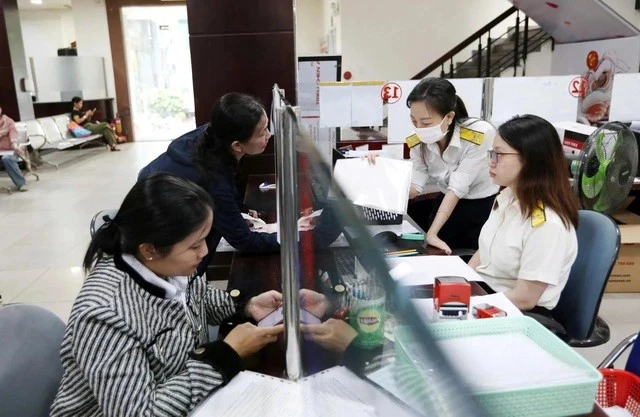These credit strengths are balanced against accelerating credit growth, wide fiscal deficits and an increasing government debt burden. At the same time, while the operating environment for the banking sector has stabilised, capital levels remain inadequate and asset quality is still weak.
Moody’s conclusions were mentioned in its newly released annual credit analysis report “Government of Vietnam – B1 Stable,” which was released on August 31. The report elaborates on Vietnam’s credit profile in terms of Economic Strength: High (-); Institutional Strength: Low; Fiscal Strength: Low (+); and Susceptibility to Event Risk: High, which are the four main analytic parameters in Moody’s Sovereign Bond Rating Methodology.
Over the last two years, GDP growth in Vietnam has picked up to above 6.0%, which stands in contrast to slower growth across much of the region as well as among rating peers. Moody’s forecasts real GDP growth to remain around 6.0% in the next two years.
According to Moody’s, stronger domestic demand has prompted healthier demand for imports. As a result, the current account surplus has declined, and Moody’s forecasts a small surplus of 0.6% in 2016. Nevertheless, with the central bank’s new exchange rate mechanism, Moody’s still expects the balance of payments to yield a healthy surplus with a net accretion of foreign exchange reserves.















